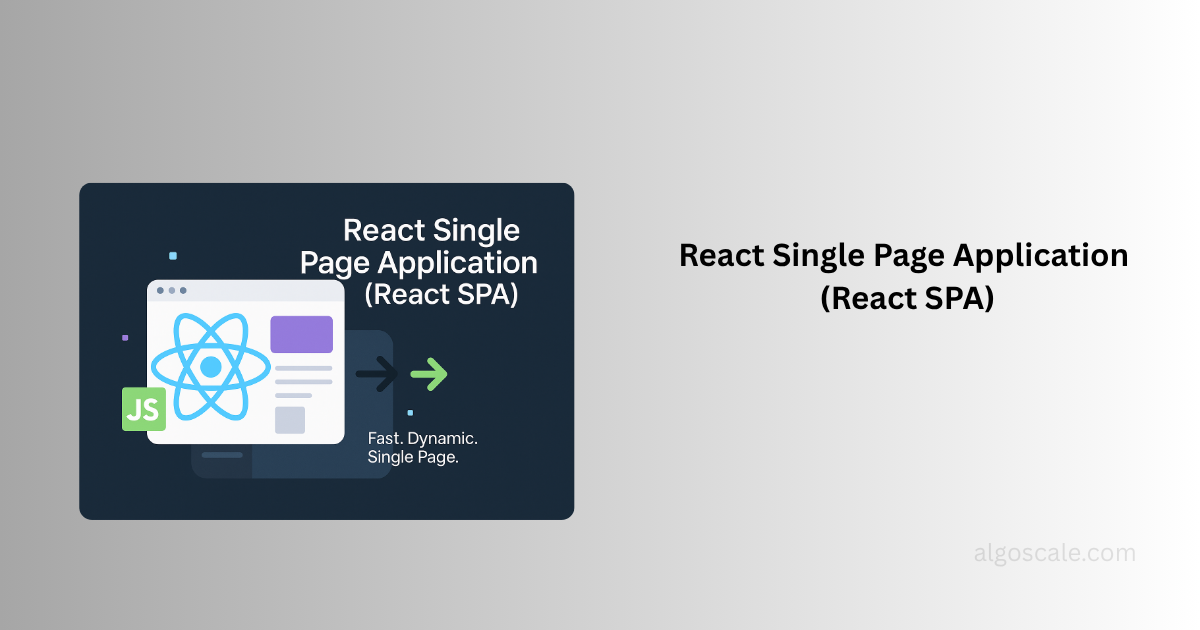Introduction and overview
The art of analyzing information from sources like emails, forums, and blogs is text analytics at its simplest. Text analytics finds most of its applications in digital industries. Text analytics can help in the effective analysis of email, customer comments, and public perception. In addition to this, text analytics can also help in sentiment analysis, which includes the analysis of positive and negative perceptions. Text analytics has popularly been referred to as text mining and comes under the umbrella of natural language processing. Natural language processing is a subcategory of artificial intelligence that forms the connecting link between the two fields mentioned above.
The art of extracting information
For extracting information from text, we use the IE software that identifies the key phrases and the relationships among them. The software primarily searches for predefined sequences in a sample, and the process is popularly called pattern matching. One more technique that we use for text analysis is Named Entity Recognition. This technique extracts individual and atomic elements from text and segregates them into specific categories. In this way, features are tagged based on geolocation, name, organization type, and the like. This is where we can also make use of Apache Open Natural Language Processing software. Other similar types of software include Stanford Named Entity Recognizer and Lingpipe.
The tracking of topics
For the tracking of topics using text analytics tools, we rely on keyword identification. Keyword identification is done by sourcing data from different search engines and available summaries. It needs to be noted that manual tracking of topics using prerequisite keyboards is a herculean task. But the automation of this process ensures that the user can choose from a given topic that has been extracted by classification techniques.
Text summarization
The summarization of text is done effectively with the help of natural language generation. This technique checks out if the document that is presented to the user is suitable to be read within a prescribed time limit. If the document exceeds the stipulated time limit, it is summarized into a small paragraph with the help of the text summarization technique. While reducing the length of the paragraph, it needs to be ensured that the gist of the document remains intact. The most prominent technique used for text summarization is sentence extraction. Important sentences in a text are highlighted and weighted according to the order of importance. Sentence extraction may also highlight subtopics so that the core ideas of the document are preserved.
Classification and clustering techniques
The themes of a document are classified into different topics by the technique of classification. Classification not only relies on the number of counts of a specific word for a topic but also considers the broad terms and synonyms related to that topic. One more method of classification is called thematic mapping. With the help of this technique, we can represent a document via a flowchart.
The technique of clustering is used for grouping documents based on a similarity index. However, in the technique of clustering, there are no predefined topics. This is because we make use of unsupervised learning, and documents can appear under multiple headings and topics. Clustering makes use of various algorithm,s but all of them follow a common anatomy. This anatomy is briefly described as follows. The first step is document collection. After the necessary documents have been collected, the next step is to split words. Two parallel steps are followed, which include eigenvector representation and association rules. After this, we go for the calculation of the similarity index. The next step is to compute the K value of the cluster. We finally conclude with the arrangement of documents based on this K value.
Social media analysis
After gathering the source information from various social media platforms, the keywords are represented on a graphical dashboard. This has great commercial applications. Firstly, this helps in making important business decisions. Secondly, this helps in the specific targeting of the content of certain messages. Thirdly, social media analysis also helps in customer profiling. Customer profiling becomes a very important task when it comes to analyzing the presence of a brand in a social network.
Concluding remarks
In the big data era, text analytics is becoming essential for businesses to extract valuable insights from unstructured data. As data continues to expand, the role of Text Analytics Services will be a cornerstone in big data analytics, driving efficiency and informed decision-making.
To learn more, contact us at askus@algoscale.com
Also Read: Harnessing the power of text analytics for performing sentiment analysis and opinion mining











